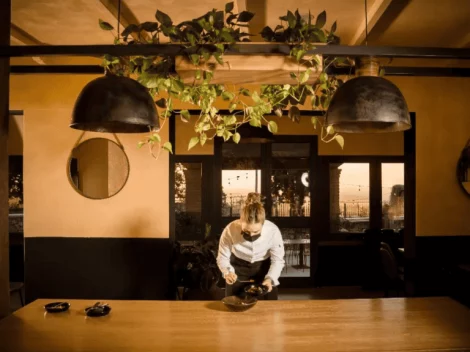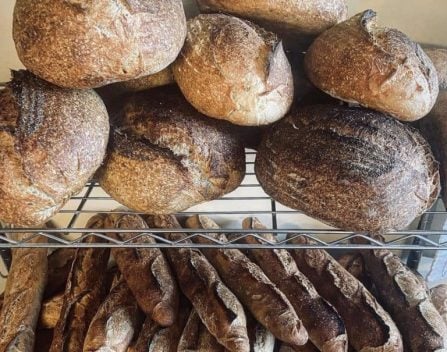Fermentation in Italy has never been as popular as it is now, with chefs from north to south awakening the taste buds of their diners with moments of intense acidity and umami, allowing small communities of bacteria to thrive in the kitchen. Anyone who loves experimenting with fermentation cannot do without Kombucha. This increasingly popular beverage among enthusiasts has also captured the hearts of restaurateurs, who increasingly include it in their menus, creating unique and unexpected pairings.
Chef Giulio Gigli opened his restaurant, Une, just over a year ago, a few kilometers from the center of Foligno, and has already earned Gambero Rosso's Due Forchette and the first Michelin star with a gastronomic project that focuses on forgotten local products: sustainability, but with a new rhythm, thanks also to contemporary techniques.
Une's experiments in Capodacqua (Foligno):
"I started the first fermentation experiments at Disfrutar in Barcelona and further explored it in Korea, where this technique is part of home culinary tradition. In the Une project, I brought back these experiences," Giulio tells us. "There is always a fermented element on the menu, from almonds or black celery kimchi from Trevi to kombucha. We are particularly attached to elderflower kombucha, which we make by infusing the flowers instead of using black tea. We also make one with oxidized artichoke broth to accompany a risotto with artichokes, marrow, and trout eggs. Kombucha manages to provide the freshness and acidity that complements dishes containing significant fats."
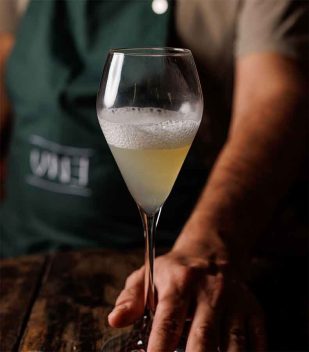
Elderflower Kombucha paired with appetizers
Enea Balestri, also passionate about fermentations and working with Gigli, tells us about its use in mixology: "Instead of the classic black tea, we start with an elderflower infusion made in late spring when the flowers can be harvested. To this, we add a percentage of sugar, creating a syrup, and the starter, usually a part of the previous kombucha. In this liquid, we place the scoby, letting the fermentation run its course for several days, usually about a week, depending on the temperature—4-5 days in summer, up to 10 days in winter. When we taste that it's ready, we move the scoby and transfer the kombucha to closed bottles, where it continues with the carbonation process, giving it a sparkling effect. We also use this to create the base of a cocktail, with the addition of our own elderberry vinegar, St. Germain, and sparkling water: a bubbly, tangy drink, perfect to accompany our Italian-style appetizers."
And for those who want to try this pairing at home, Chef Giulio suggests an easy combination: a floral kombucha to accompany pizza.
Pairings at Sintesi in Ariccia (Rome):
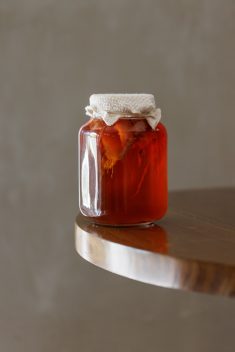
Kombucha with green tea and hibiscus at the Sintesi restaurant in Ariccia
There are also experiments and special proposals in Ariccia, just outside Rome. Carla and Sara Scarsella, along with Matteo Compagnucci (also Gambero Rosso's Due Forchette and a Michelin star), brought all their experiences from Northern Europe to Sintesi, in the Castelli Romani in Ariccia, the homeland of porchetta, where they offer ethical and dynamic cuisine that changes based on what nature offers. In their two years in Copenhagen, they experimented with lactic fermentations: they are used for preservation but strongly influence taste, texture, and organoleptic properties of foods. High acidity, complex flavors. "All of this fascinated us a lot," Sara tells us, "and we brought it back to our kitchen at Sintesi. Not regularly, not necessarily something fermented must be in our menu, but we use these techniques where it seems appropriate."
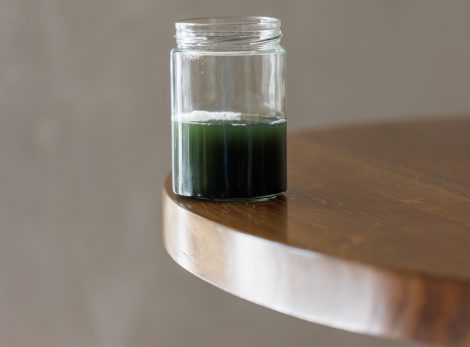
But, as per Nordic tradition, there is always an alternative to wine pairing: "We have always had a juice pairing, a combination of juices and kombuchas for the tasting menu: we find it very fun both for us, thinking about it, and for the customers. Right now, for example, we have an elderberry-infused kombucha on the menu that we pair with the fish course; for the meat course, we pair it with a juice based on pomegranate and blueberry, adding burnt cherry wood infusion. A creative game that all starts from taste. We have guests who might choose, in addition to the wine pairing, also a kombucha tasting. And it works!"
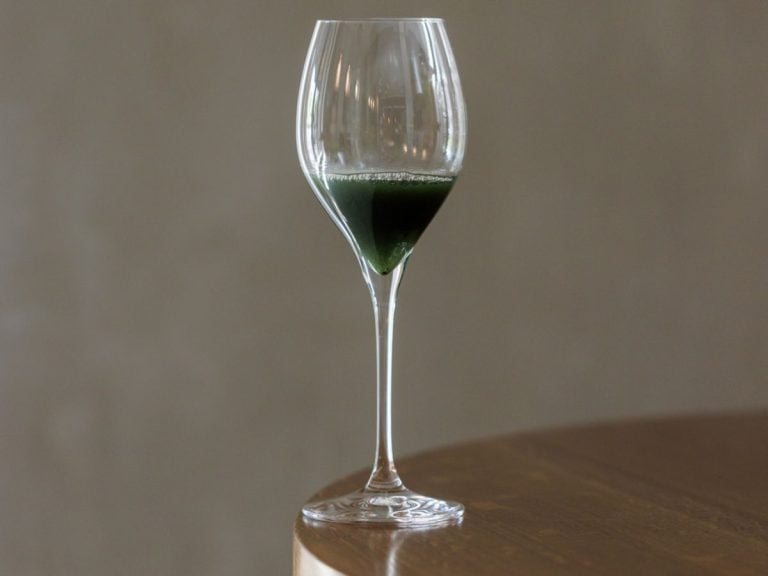
 One of the finest coffee shops in Southern Italy closes: it had brought specialty coffee to Pompeii
One of the finest coffee shops in Southern Italy closes: it had brought specialty coffee to Pompeii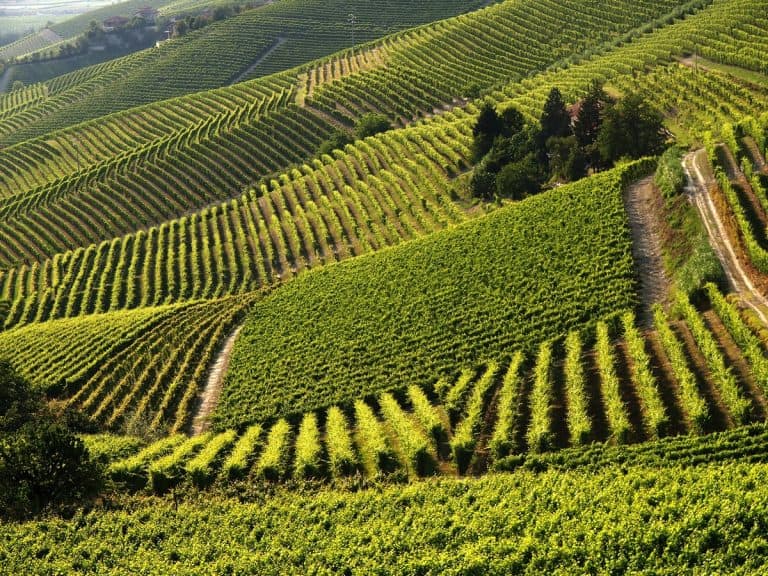 The Barbera d'Asti and Monferrato Wines Consortium: Guardian of UNESCO's oenological heritage
The Barbera d'Asti and Monferrato Wines Consortium: Guardian of UNESCO's oenological heritage The chef who brought the Michelin star to a remote village in Tuscia opens a restaurant in the center of Florence
The chef who brought the Michelin star to a remote village in Tuscia opens a restaurant in the center of Florence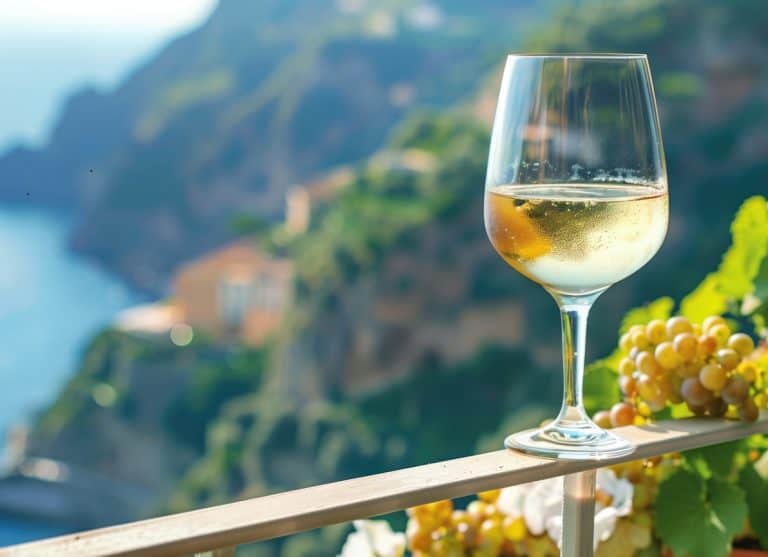 The 7 best Biancolella wines from Lazio and Campania chosen by Gambero Rosso
The 7 best Biancolella wines from Lazio and Campania chosen by Gambero Rosso From California to the Camino de Santiago. The journey of the courageous baker who returned to open a bakery in a remote village
From California to the Camino de Santiago. The journey of the courageous baker who returned to open a bakery in a remote village
